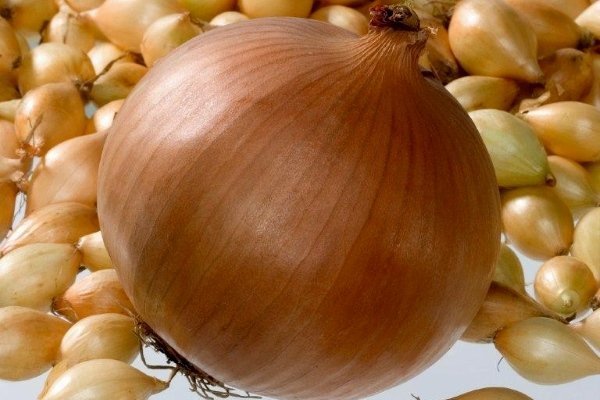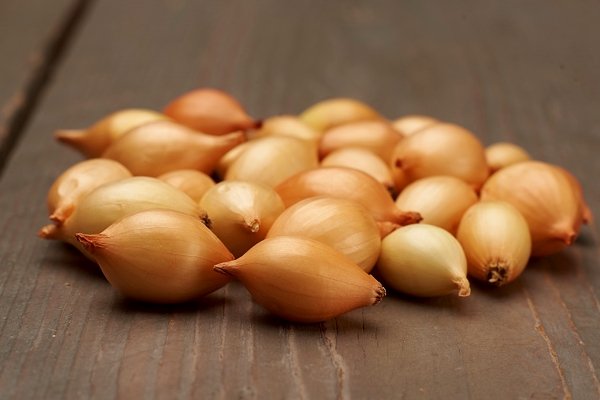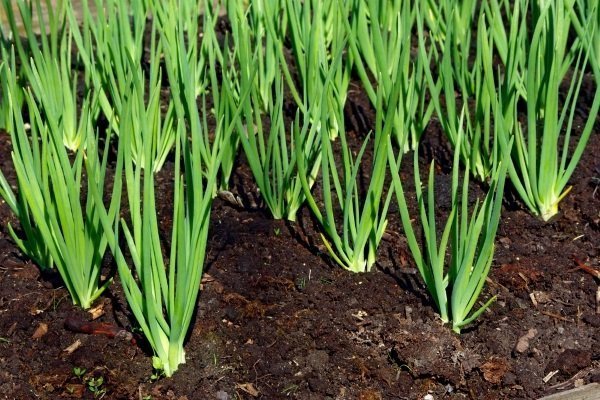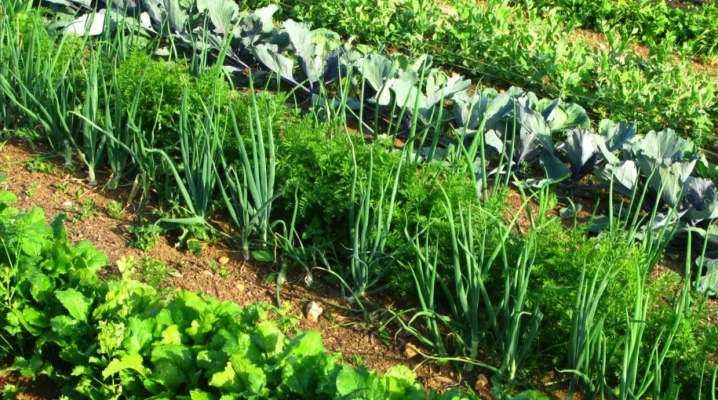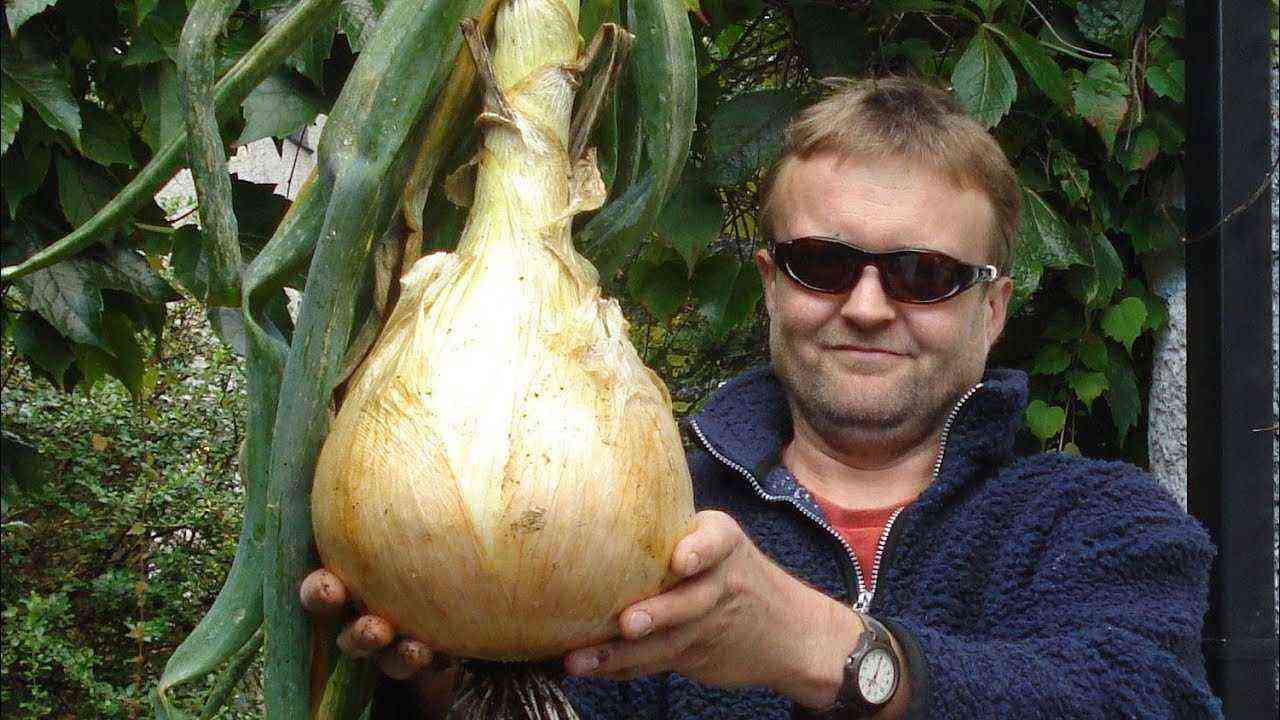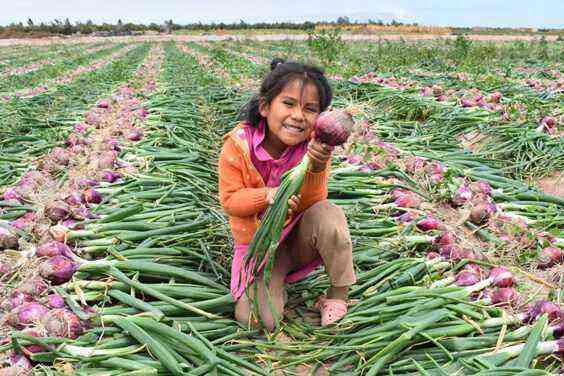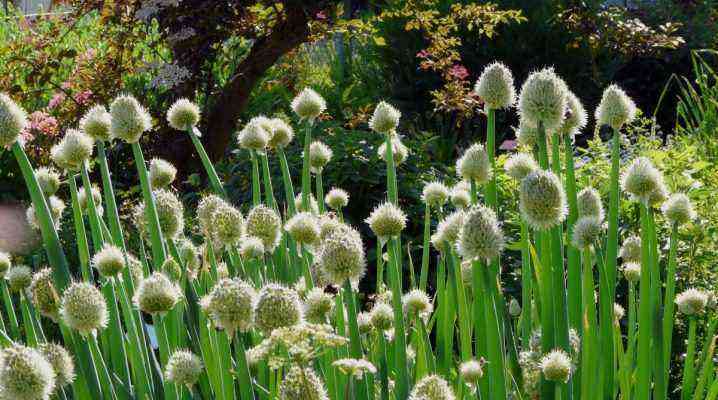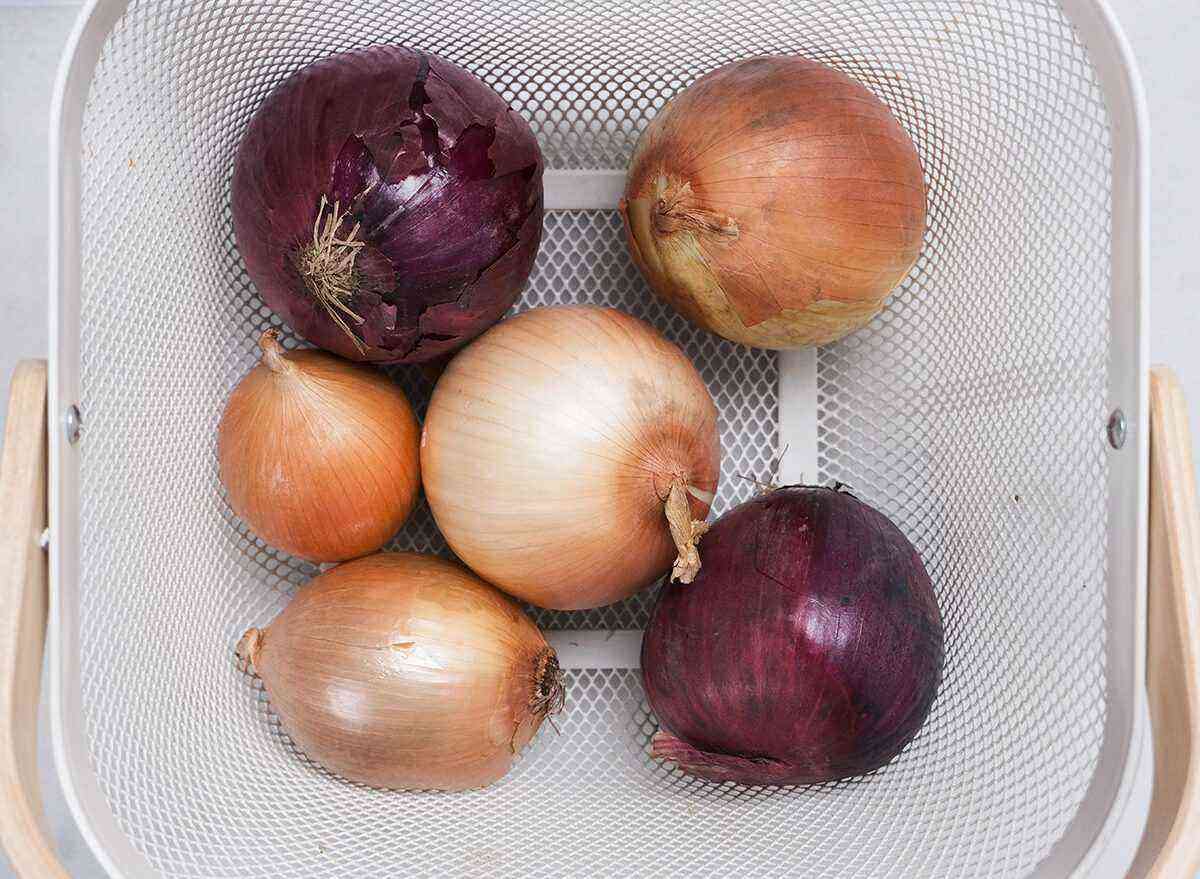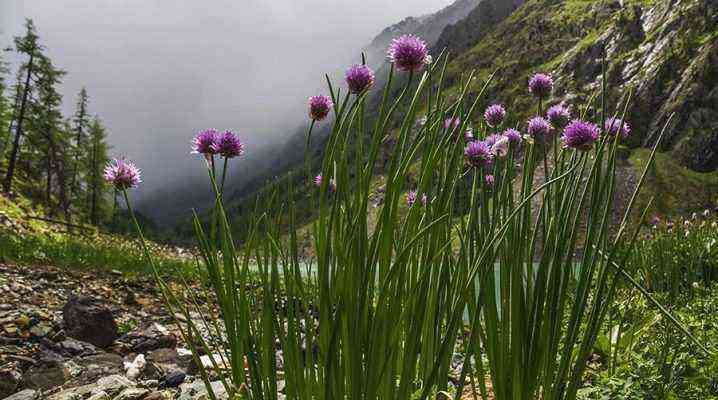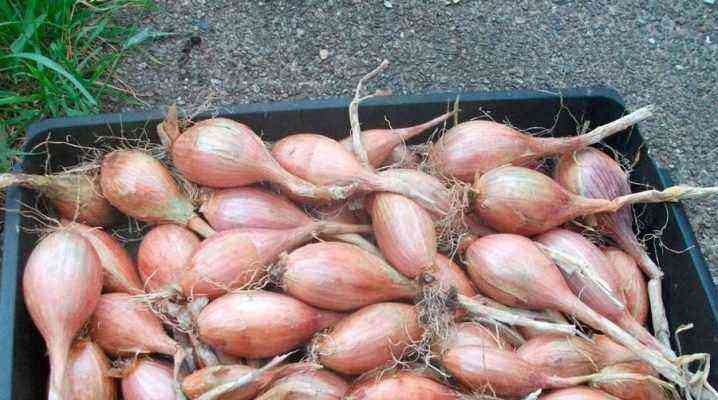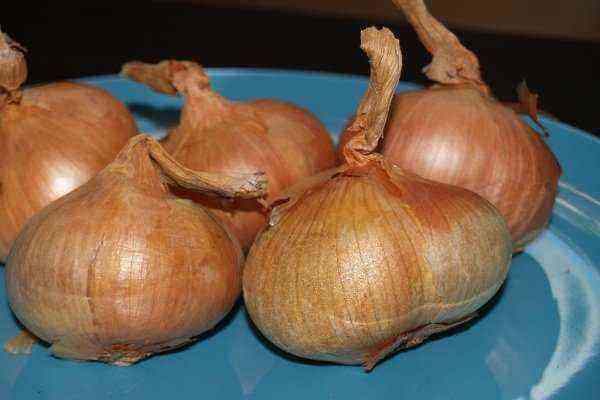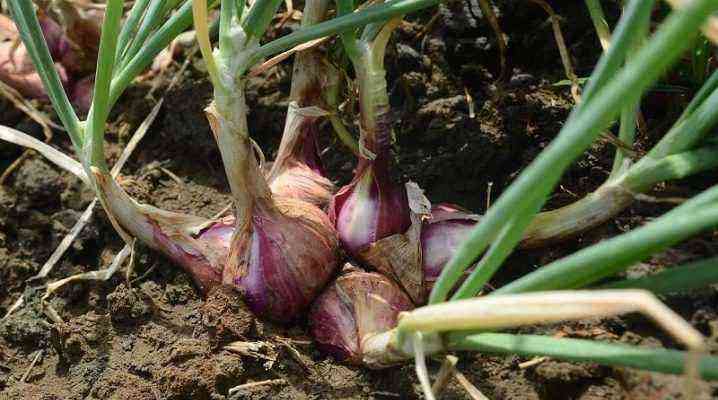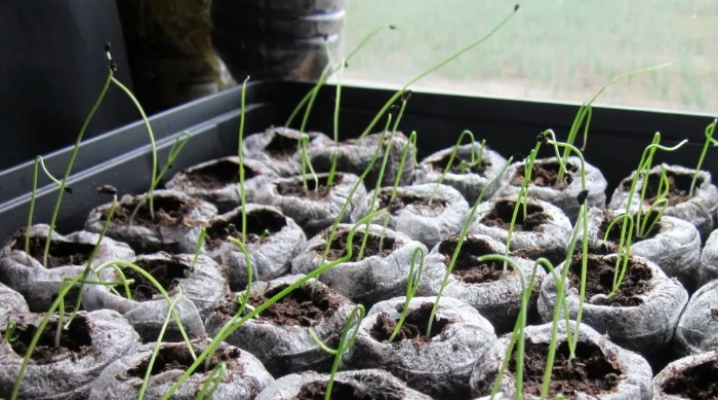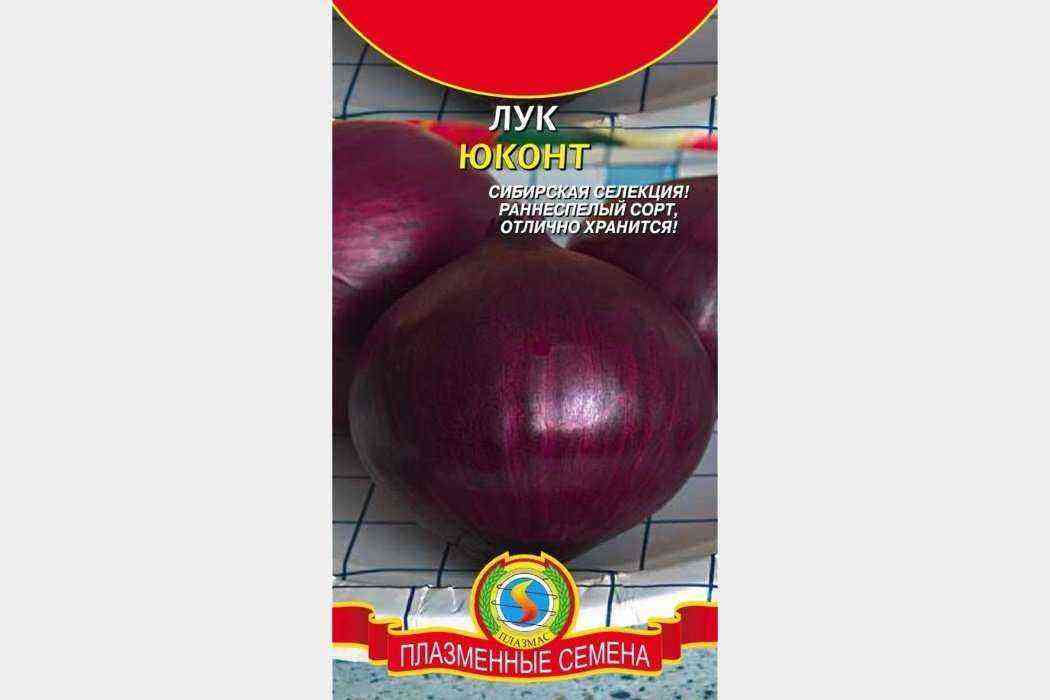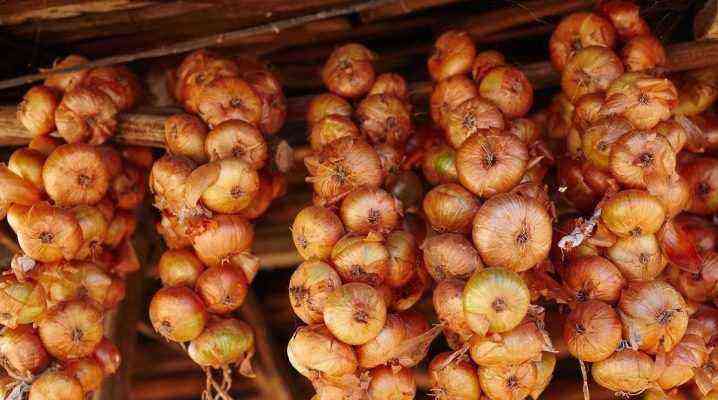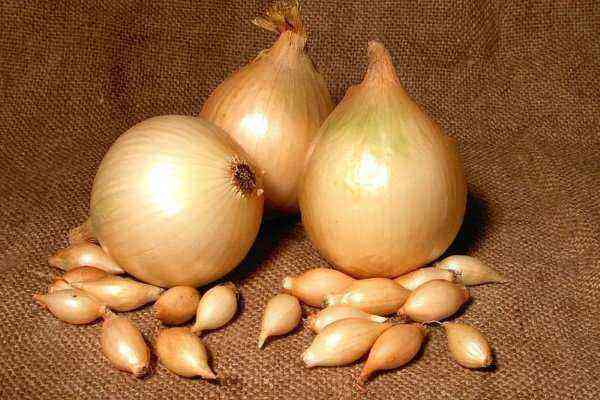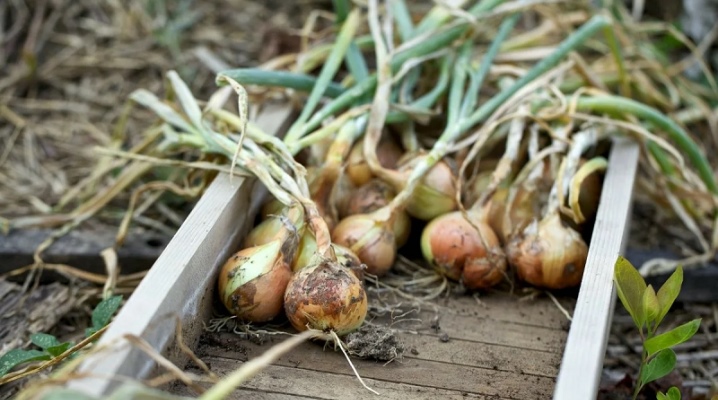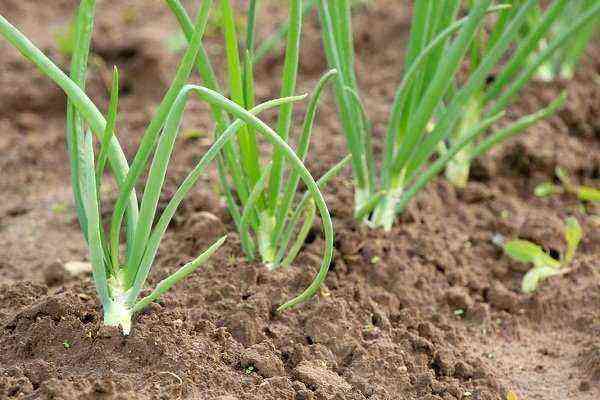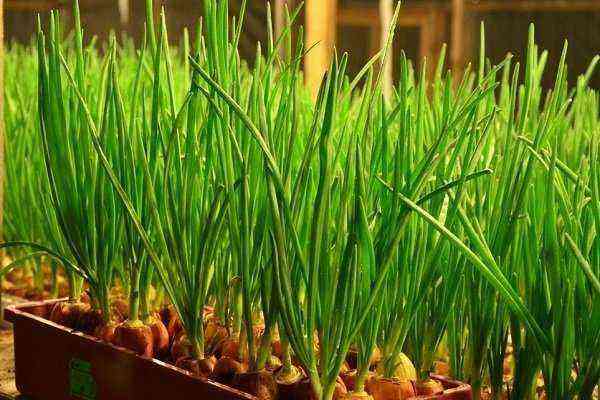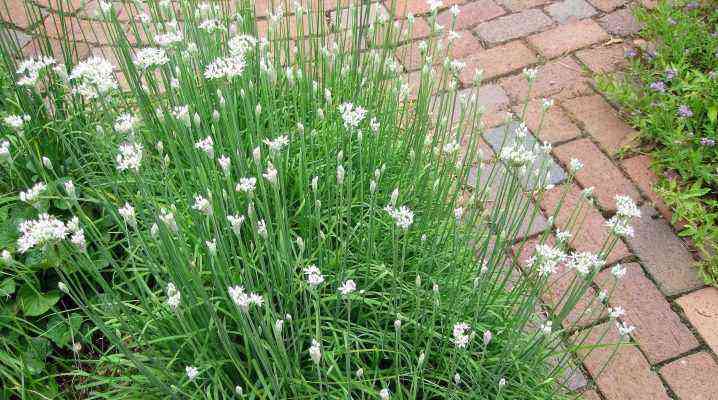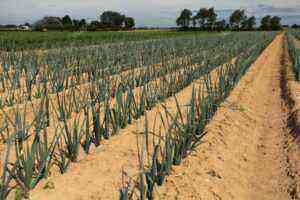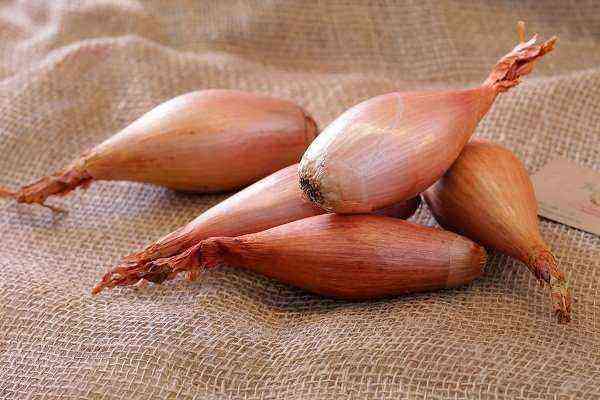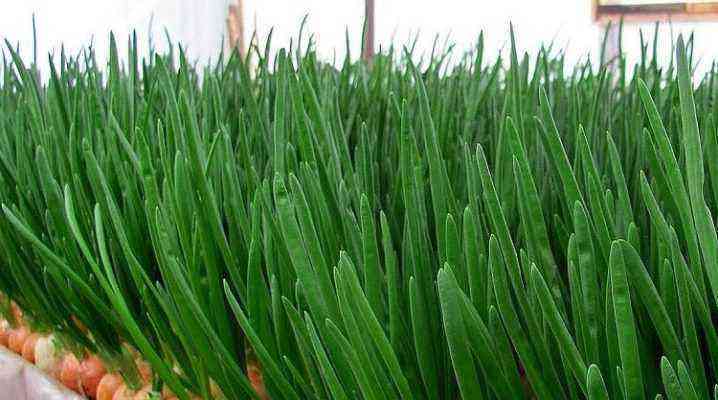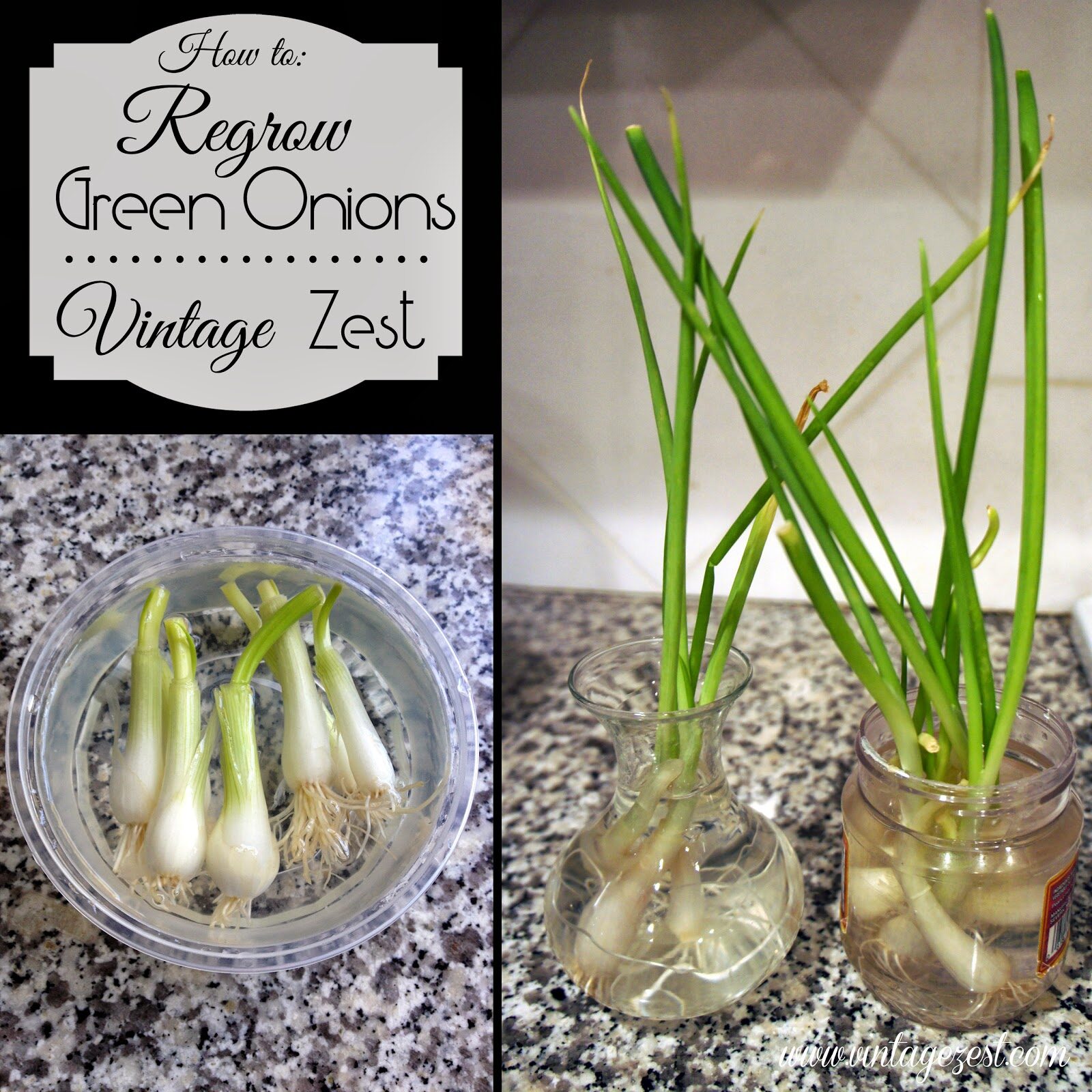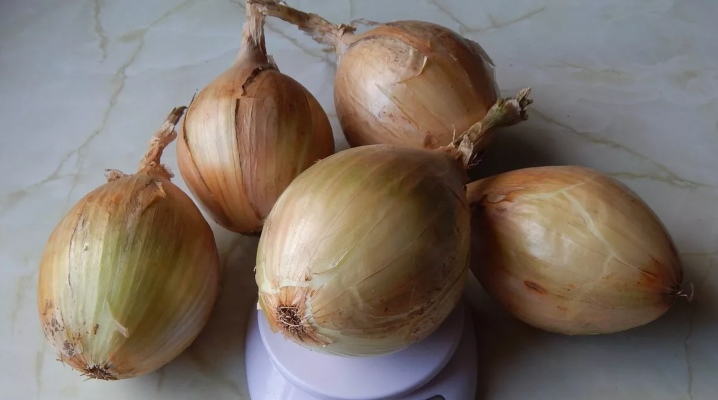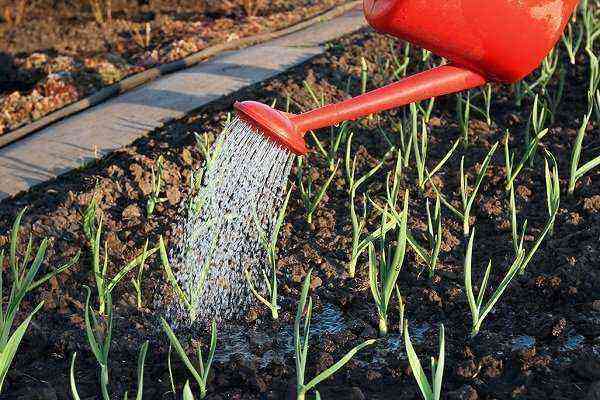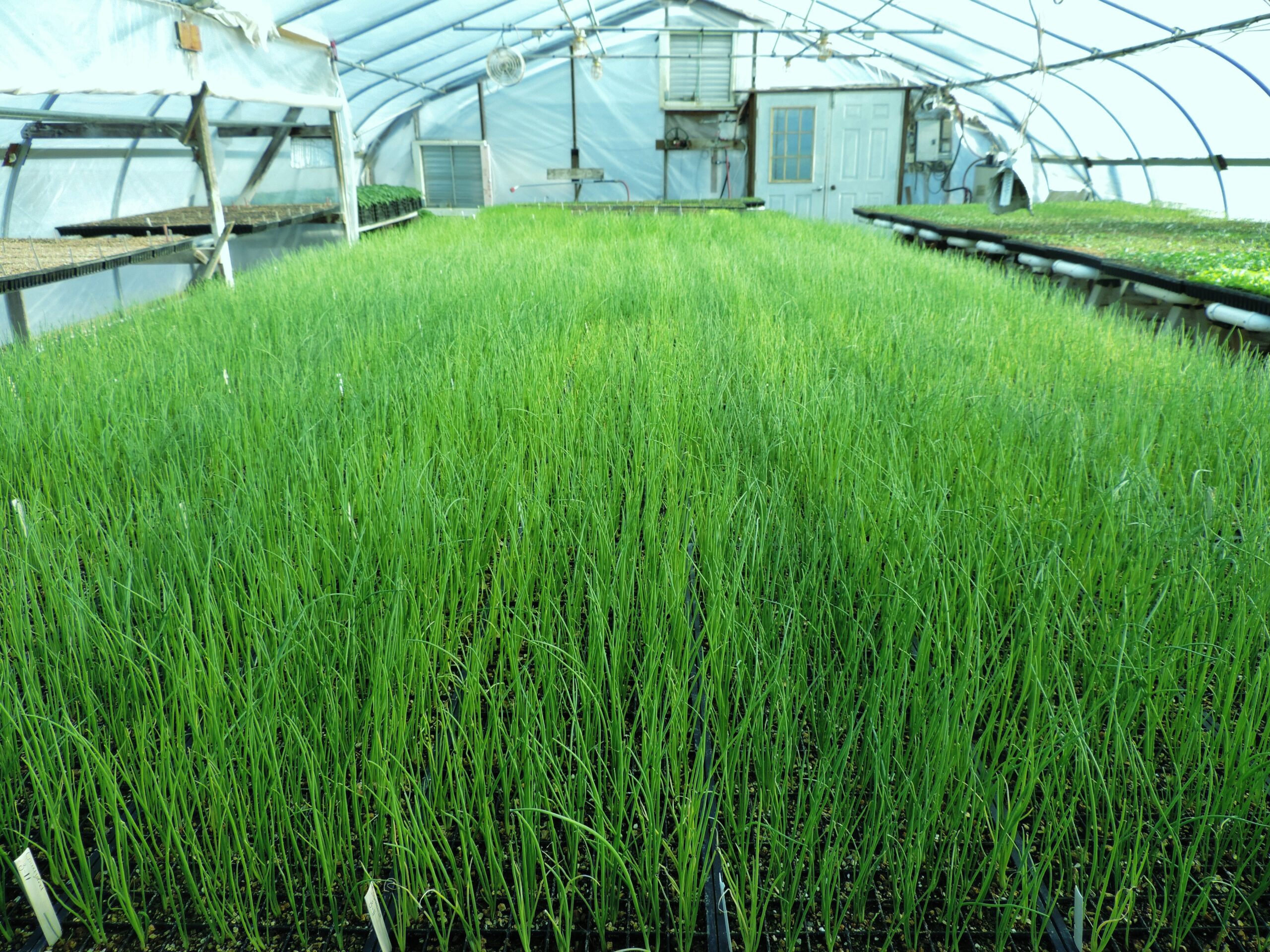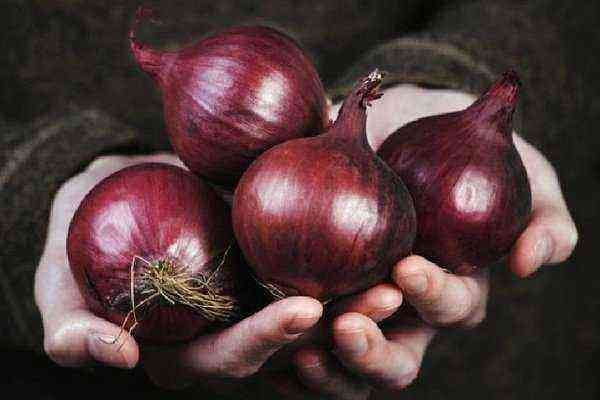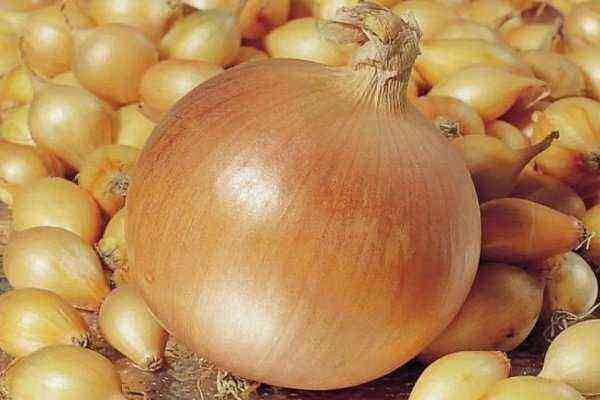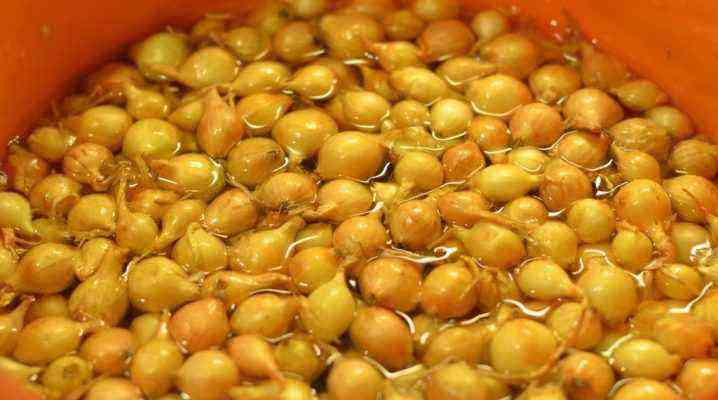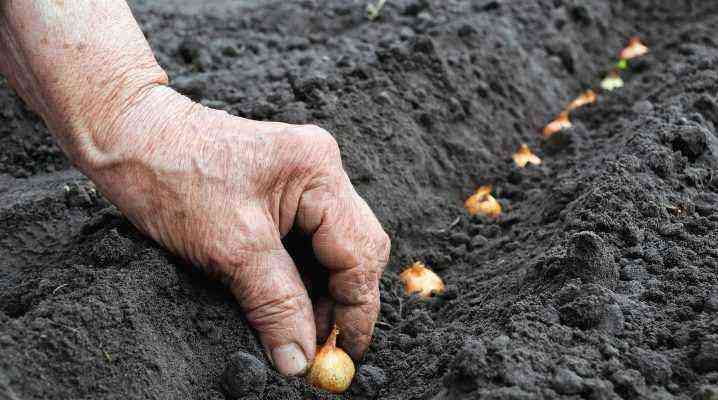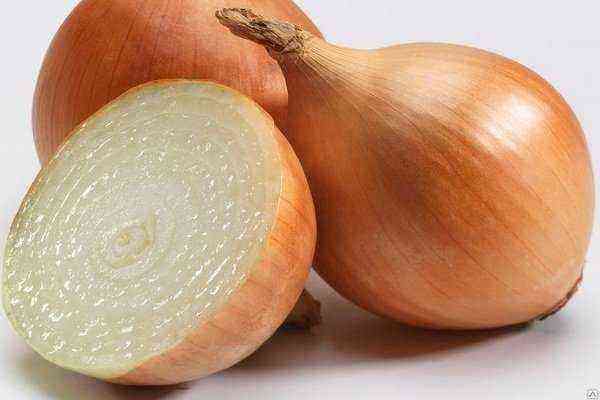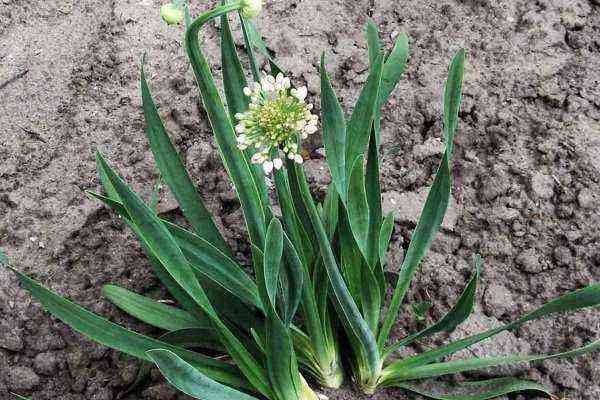This product of Dutch selection has taken root well in Russia and the CIS countries. The variety is unpretentious in cultivation and has excellent resistance to various diseases, so it will be a godsend for beginners and experienced gardeners. More details about its characteristics can be found below.
Variety description
Corrado F1 (Carrodo) is a modern hybrid of the first generation from the Netherlands, which was included in the State Register of Breeding Achievements in 2015 for cultivation in 6 regions of Russia. Despite the fact that the variety appeared relatively recently, it has already become a favorite with many gardeners. This is due to its properties, which are presented in the table below:
| Parameter | Description |
| Maturation period | Corrado belongs to the group of early varieties. The crop can be harvested at 80-95 or 100-105 days from the moment of germination. The timing may vary depending on the specific climatic zone, since the vegetable gains strength faster in the heat than in the cold. |
| Leaf features | The plant forms hollow leaves, which are arranged in 2 rows – each subsequent row grows from the sinus of the previous one. In length, the leaves reach about 30 cm and are painted in a gray-green color. |
| The appearance of the bulbs | A vegetable with a powerful root system forms dense fruits with the following characteristics:
|
| seed | The set of this hybrid gives a large (up to 15 mm) hollow arrow, at the tip of which an inflorescence subsequently appears. At the end of the flowering phase, trihedral black seeds are formed in boxes. |
| Scope | Onions with a pleasant semi-sharp taste can be added fresh to salads, heat-treated in the preparation of various dishes, frozen and dried. |
| Yield and germination | On average, from 1 sq. m plot manages to collect about 8 kg of fruit. With winter crops from 1 weave, it will be possible to obtain up to 350 kg of crop, since the variety has a high growth force and germination rate up to 96-100%. |
| Growth features | The hybrid has a high immunity to various diseases, and also does not form shooters. It tolerates temperature extremes and is well adapted to various climatic conditions. It is medium-sized and suitable for cultivation on a feather. |
Onion sets are the name of the planting material, not the name of the onion variety. Onions of any variety can be grown onion sets, it is enough just to leave an onion arrow until a box with seeds (the so-called blackies) appears, which should be collected and planted. Onion sets will grow from each nigella, and a full-fledged onion head will grow from each set.
Terms of planting
They can be determined depending on the region where the vegetable is grown:
- southern and central regions – onions can be planted for the winter in October-November, when the temperature warms up to + 5 ° C (the culture will winter well, and with the onset of heat it will bring friendly shoots);
- north – planting should begin in the spring, when the weather warms up to + 10 … + 12 ° C.
The optimum temperature for onion ripening is from +18 to 20°C. In warmer conditions and with a lack of moisture, the taste of the vegetable will deteriorate. If its ripening takes place at a temperature below +18 ° C, the bulbs will lag behind in growth and underestimate in size.
The crop can be grown outdoors. A greenhouse is useful only if you need to remove greenery throughout the spring-autumn period.
Planting material processing
Onion sets or seeds can be used to grow Corrado. In any case, when preparing it, it is necessary to take into account a number of rules, which we will consider below.
Onion sets
Classified by size and suitable for planting in different periods:
| Fraction | dimensions | Terms of planting |
| Small | 8-14 mm | Ideal for winter planting. |
| Average | 14-21 mm | Suitable for winter and spring planting. |
| Above average | 21-24 mm | During winter planting, it will give a feather, and during spring planting, a rich harvest of heads, but subject to favorable planting dates. |
| Large | 24-30 mm | It has the same planting time as the sevok with dimensions of 21-24 mm, but the cost is lower. |
| Sample | 30-40 mm | Used for planting on greenery. |
Bulbs of any fraction cannot be bought on the street, especially in cold weather. Such planting material is most likely frozen, so its germination will be spoiled. In addition, you need to pay attention to the fact that the seedlings have the following characteristics:
- have a smooth surface, devoid of any defects;
- are dry (without excess moisture);
- have a dense structure.
If the product is in its original packaging, the packaging date and expiration date must be indicated on it.
Any sevok should be properly stored in a ventilated room at a temperature of +10 … + 15 ° C and a humidity of 70-75%. It is important not to allow shock changes in the microclimate, otherwise this will lead to the appearance of arrows on them.
seed
You need to buy them in a trusted store, giving preference to well-known manufacturers. Be sure to check the expiration date on the label. After purchase, it is advisable to check the germination of seeds by adhering to the following guide:
- Take 10-15 grains and put them in a glass or container for seedlings with a volume of 50-100 ml. Cover its bottom with filter paper or gauze.
- Pour the seeds with water so that they are slightly wet.
- Remove the container in a warm place and leave for 7-10 days.
- After the specified time, count the number of hatched seeds. They should be at least half of the total number of soaked grains (germination rate of at least 50%).
Ground selection and preparation
Under the bow, you need to choose a site with the following characteristics:
- located on a small hill;
- protected from cold winds and drafts;
- well warmed by the sun.
The hydride grows well on all types of soil, but prefers loose soils and loams with neutral acidity more than others. If necessary, it can be lowered with lime, but it is advisable to do this 2-3 years before sowing onions. The soil can also be fed in advance (for 1,5-2 years) with humus.
You can not ignore the rules of crop rotation. It is best to plant onions after early varieties of cabbage, cucumbers, zucchini and potatoes. Culture can be returned to the same place only after 3 years. It is also undesirable to grow it after legumes (peas, beans).
Experienced gardeners grow onions near carrots, as these crops complement each other perfectly and prevent the appearance of harmful insects. In order to scare away onion flour, calendula and marigolds can be planted around the perimeter of the beds.
The marked area must be properly prepared. The specific list of actions depends on the landing method:
- Autumn. The soil needs to be mulched with foliage, peat and humus, forming a layer of 8-10 cm. This will protect it from freezing. 14 days before the arrival of cold weather, remove the mulch and plant the seedlings in the ground, which are again mulched from above.
- Spring. Remove the mulch prepared in the fall, loosen the soil with a rake and make grooves in it for sowing bulbs.
Planting Corrado onions in the ground
A popular technology that can be conditionally divided into two stages.
Performing the shaping
Start it about a month before planting:
- Sort the bulbs – discard the dried and injured specimens, and sort the remaining ones by size.
- Dry the sevok in a warm and dry place without drafts, and then warm it up so that it does not start arrows prematurely. This can be done near a heating radiator or in natural conditions (under the sun). For 14 days, keep the bulbs at a temperature of +20°C, and then place them in conditions with a temperature of +8°C for 10-40 hours.
- Before planting, disinfect the bulbs – immerse them in a solution of copper sulfate (2 g per 30 liters of water) for 10 hours and rinse under warm running water.
Landing in the ground
Sevoc should be planted in beds, on which grooves should be made in advance. The landing pattern is as follows:
- width between holes – 8-10 cm;
- distance between rows – 20-30 cm;
- embedment depth – 3-4 cm for spring planting and 6-10 for winter planting.
Bulbs should not be soaked before planting. They need to be planted in ready-made grooves so that the neck is 1,5-2 cm below the ground level.
Seedling method of cultivation
This technology allows you to get not only an earlier harvest, but also a more viable one. Its implementation can be conditionally divided into several stages, each of which will be considered separately.
seed Processing
The first step is to check the seeds for germination using the technology described above. If this rule is observed, then the processing of seed should be started 2-3 days before sowing. If this step was skipped, then it will take about 14 days, since it is possible that the seeds do not meet the declared quality and they will have to be replaced.
Checked seeds should be processed as follows:
- Take warm (50 ° C) water into a small container and immerse the seeds in it for 20-30 minutes.
- Cool the heated material slightly – hold it under running water for 2-3 minutes.
- If necessary, disinfect the seeds yourself – soak for a day in a weak solution of potassium permanganate and lower them into a growth stimulator, for example, Ecopin, for about 3 hours.
- Wrap the seeds in a damp cloth and transfer to a warm place. Every day they need to be checked for shoots. When 3-5% of the seeds have sprouts, they must be planted in the soil.
Sowing
Seedlings can be grown in boxes or cups that do not exceed 6-9 cm in depth and have drainage holes at the bottom. As soil, you can use a purchased substrate or a self-prepared mixture of the following components:
- leaf land (1);
- turf (1);
- humus (1,5);
- river sand (0,5).
With the finished composition, you need to fill the seedling containers and about 50-60 days before transplanting the seedlings into the open ground (in April-May), start sowing the seeds, adhering to the following order:
- Using tweezers, carefully place each seed in small grooves at a distance of 1,5 cm from each other.
- Sprinkle the seeds on top with earth and cover with a film.
Growing seedlings
To get strong seedlings, you need to properly care for it, observing the following measures:
- Creating an optimal microclimate. After sowing, transfer the seedlings to a warm place and keep them indoors at a temperature of + 18 … + 25 ° C until the first shoots appear. Then lower it to +14…+16°C and remove the film, and rearrange the boxes in a sunny place. Thanks to these manipulations, the seedlings will not stretch.
- Watering. As the crust appears on the top layer of soil, moisten the soil with settled water at room temperature. In this case, you can not fill the ground, otherwise the roots will get sick with rot.
- Additional fertilizing. With breaks of 14 days, feed the seedlings with a solution of 20 g of superphosphate, 5 g of potassium chloride and 10 g of urea per 10 liters of water. A simpler feeding option is chicken manure diluted in water (1:10).
- Hardening. Take seedlings outdoors 2 weeks before planting. The time of the first procedure is no more than 10-15 minutes. Every day its duration should be gradually increased.
Transfers to the ground
As soon as frosts pass, seedlings with 3-4 true leaves can be transplanted to a permanent place. It is better to do this in the afternoon. The substrate with seedlings must be moistened, each seedling should be taken out and too long roots should be shortened by a third. Landing is carried out according to the following scheme:
- width between holes – 5 cm;
- distance between rows – 30 cm;
- embedment depth – 1 cm.
After planting, the bed is well watered and mulched (for example, with peat).
landing care
Regardless of the method of planting, vegetation must be properly looked after. What needs to be done for this, we will understand in detail.
Watering
After sowing, the culture should be watered immediately, and then moistened for 2 months at a frequency of 1-2 times a week. This scheme should be adjusted based on specific weather conditions. For example, in the dry season, the frequency of watering should be increased, otherwise glycosides will accumulate in the bulbs, which will give them bitterness. In any case, for this procedure it is necessary to use settled water at room temperature.
By the middle of the growing season, the frequency of watering should be reduced, and 2-3 weeks before harvesting should be completely stopped.
Loosening and weeding
In order for the vegetable crop to develop normally, weeds must be removed from the garden about 1 time per week. This procedure should be carried out in the evening or in the morning (before the onset of heat) in dry weather. Along with weeding, you need to perform shallow loosening of the soil. In this case, you do not need to spud the onion.
Additional fertilizing
With competent preparatory measures during the growing season, the culture will not need additional fertilizer. However, it can give signals indicating the need for top dressing:
- If the vegetable lags behind in growth and yellowness appears on the leaves, then the soil lacks nutrients. To remedy the situation, it is worth adding a nutrient mixture of 10 g of ammonium nitrate and 15 g of potassium salt per 1 bucket of water to the ground. This composition is enough to process 1 square. m beds.
- If the greens fade, this indicates a lack of nitrogen in the soil. To stabilize it, the soil must be poured with a solution of urea (10-15 g per 10 liters of water).
- If the feathers are twisted, then there is a lack of potassium. It can be replenished by adding a solution of potassium salt (5-7 g per 5 liters of water).
Harvesting and storage of crops
There are a number of signs that will help determine a ripe crop. It looks like this:
- the leaves turned yellow and fell to the ground;
- the formation of new leaves has stopped;
- the onion neck has thinned and softened;
- the bulbs were covered with dry scales.
If such signs are observed, in dry weather, you need to start harvesting. This must be done manually, carefully pulling the bulbs out of the soil, holding them by the tops.
The collected onions must be shaken off the ground and left in the garden to dry out a little. This will take about 2-3 days. If the weather is cloudy or rainy, you will have to dry the onion under a canopy or in the attic, but this procedure will take at least 1-2 weeks. During this time, the crop should be regularly inspected and turned over. Trimming the tails is not recommended – this can lead to rotting of the bulbs.
Dried onions should be stored in wooden boxes and kept in a well-ventilated room at a temperature of +15…+20°C. Subject to all storage rules, onions will retain their marketable appearance and taste until the next harvest.
Pros and cons of a hybrid
The Dutch variety is revered by gardeners for the following qualities:
- high yields (with a good wintering, 350 kg of fruits can be harvested from a hundred square meters);
- resistance to arming;
- good immunity to various pathogenic microorganisms;
- strong root system;
- almost 100% germination;
- excellent keeping quality.
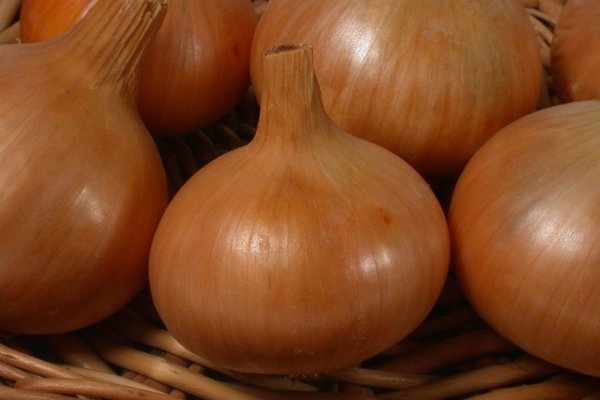
Onion Corrado
As for the weaknesses of this vegetable, we can note its low adaptation to low temperatures. For this reason, it is best to grow it in the southern and middle regions, and not in the north.
Grade Reviews
Margarita Ivanovna, 59 years old. The sevok of this hybrid grew up this year. The harvest was good, although I did not put much effort. The bulbs turned out beautiful, uniform and dense. The variety did not disappoint.
Anna Sergeevna, 37 years old. Corrado’s bow didn’t particularly impress me. The bulbs grew moderately large and uniform, but their taste seemed too weak. Here, as they say, for an amateur.
Dmitry Stepanovich, 45 years old. I bought a hybrid only because it is suitable for winter planting. I wanted to get an early harvest, which I managed to do. I planted sevok in the fall, and already in the spring I plucked a friendly harvest of golden bulbs. Agrotechnics is standard, I didn’t even have to feed him. I recommend to everyone.
Among the popular types of onions is the Corrado F1 hybrid. He took a closer look at gardeners for unpretentiousness to external conditions, fast germination, high yields and good taste.
